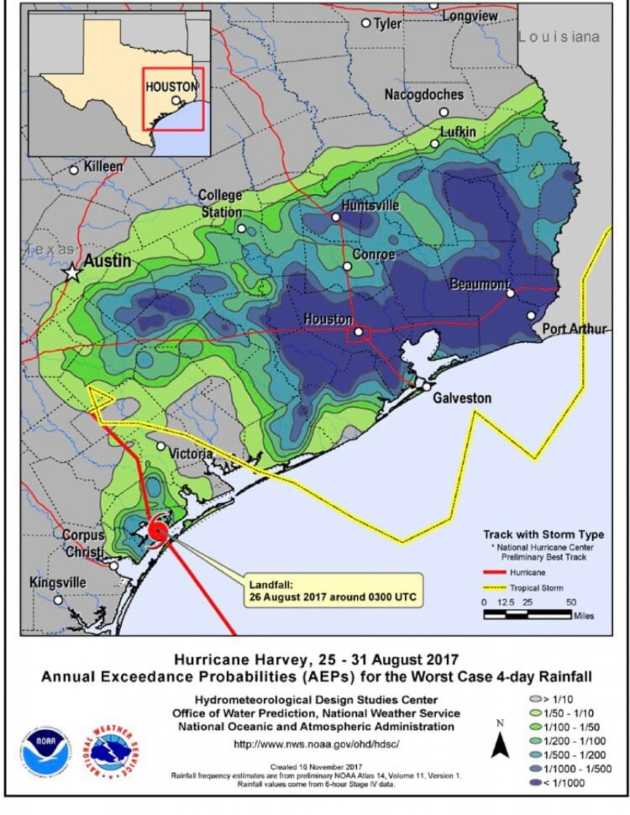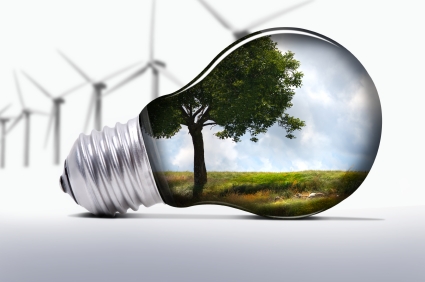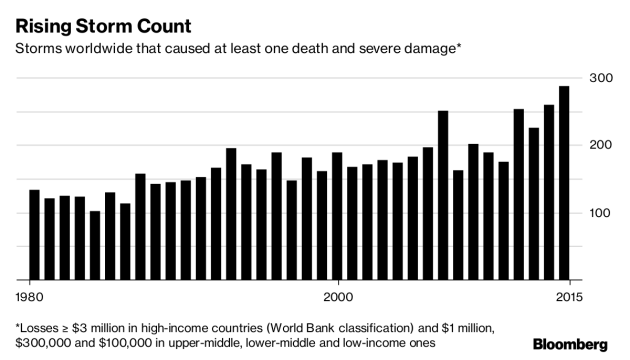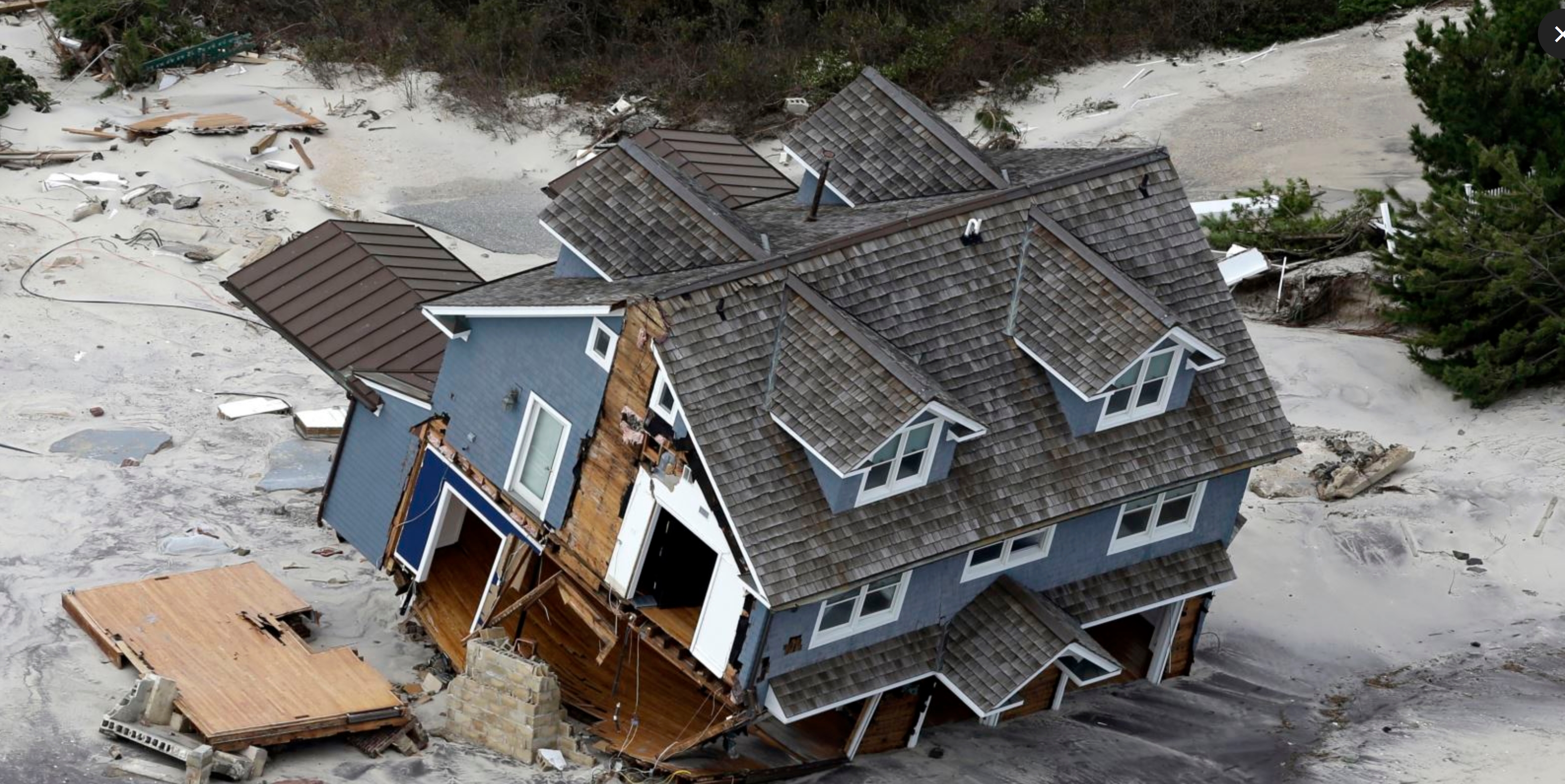40s felt like an epiphany yesterday – serenaded by a soft, buttery breeze and dripping icicles. It’s too early to wax eloquent about spring fever, right? Thought so. Faint puffs of Pacific air, sandwiched in-between arctic outbreaks, seem like a good idea to me.

Looking Back at the January 22 Snowstorm. Dr. Mark Seeley has some well-timed perspective on Monday’s snowfall at Minnesota WeatherTalk: “…Because of the famous and record-setting snow storm of January 22, 1982 when many climate observers reported 16 to 24 inches of snowfall, the snow storm on Monday did not produce as many new daily records as thought. However some Minnesota climate observers did report either a new record daily snowfall amount or because of the high water content in the snow a new record daily precipitation amount (liquid) for the date. Among these reports were:
MSP 1.03 inches of precipitation
Amboy 10.0 inches of snow, and 0.62 inches of precipitation
Jordan 12.8 inches of snow, and 1.11 inches of precipitation
Rosemount 11.0 inches of snow, and 0.58 inches of precipitation
Worthington 10.0 inches of snow, and 0.95 inches of precipitation
Windom 12.4 inches of snow, and 1.03 inches of precipitation
Winnebago 14.0 inches of snow, and 1.08 inches of precipitation
Owatonna 14.0 inches of snow, and 1.15 inches of precipitation
St James 15.0 inches of snow
Waseca 16.5 inches of snow
Fairmont 13.5 inches of snow
Lakefield 1.17 inches of precipitation
At this time of year, any daily precipitation amount over 1 inch is unusually high...”
Monday Was 12th Biggest One-Day Snowfall Since 1875. That’s according to NOAA and the Minnesota Climate Office.

Hurricane Center: Harvey’s “Overwhelming” Rains Were Likely Nation’s Most Extreme Ever. A staggeringly large area picked up staggering amounts of rain from Harvey. Jason Samenow reports for Capital Weather Gang: “Hurricane Harvey unleashed a tropical deluge probably unsurpassed in U.S. history, the National Hurricane Center says. In an in-depth meteorological review of the storm released Thursday, the center said it was unable to identify any past storm that had unloaded so much rain over such a large area. “[T]he areal extent of heavy rainfall is truly overwhelming, literally and figuratively,” the report said about the storm, whose catastrophic flooding engulfed Southeast Texas in August’s final week last year, killing 68 people. Such extreme rain amounts — which only have a 1 in 1,000 chance of happening in a given year — covered an enormous area, an accompanying geographic analysis showed…”
Map credit: “Different color shades show the likelihood of the amount of rain in different areas of Southeast Texas in a given year. For example, the dark blue shaded area indicates less than a 1 in 1,000 chance of happening in a given year in that location.” (NOAA Office of Water Prediction)
Paris Braced For More Flooding as Seine Keeps Rising. Here’s an excerpt of an update from France 24: “The Seine is expected to reach a peak of up to 6.2 metres (20.3 feet) in the capital this Saturday on a scale used to measure its levels, four to five metres above its normal height. The December-January period is now the third-wettest on record since data started being collected in 1900, according to the national weather service, Meteo France. Many regions have seen double the rainfall than normal, including Paris where 183 millimetres (7.2 inches) have been dumped since December 1. More rain was forecast for Thursday…”
Paris is Flooded with Rats as the Seine River Continues to Rise. Well that sounds like fun. Details from Travel + Leisure.

Nutella Riots Spread Across French Supermarkets. The BBC reports: “A discount on Nutella has led to violent scenes in a chain of French supermarkets, as shoppers jostled to grab a bargain on the sweet spread. Intermarché supermarkets offered a 70% discount on Nutella, bringing the price down from €4.50 (£3.90) to €1.40. But police were called when people began fighting and pushing one another. “They are like animals. A woman had her hair pulled, an elderly lady took a box on her head, another had a bloody hand,” one customer told French media. A member of staff at one Intermarché shop in central France told the regional newspaper Le Progrès: “We were trying to get in between the customers but they were pushing us.” All of its stock was snapped up within 15 minutes and one customer was given a black eye, the report adds...”
50 Cent. I Forgot Taking 700 Bitcoins for 2014 Album; Stake Now Worth Millions. We should all have such problems. NPR reports: “When 50 Cent agreed to accept bitcoin for purchases of his 2014 album, Animal Ambition, a unit of the cryptocurrency was already worth hundreds of dollars — but the value of those sales has since skyrocketed and the rapper’s bitcoin holding is now reportedly worth more than $7.5 million. “Not Bad for a kid from South Side, I’m so proud of me,” 50 Cent wrote in an Instagram post citing TMZ’s story about his unexpected windfall. Alongside emojis of a sack of money and a person holding up their hands in a “What?” pose, he added, “LOL.” In an additional comment that could either amaze or exasperate people who would love to find a pile of money, 50 Cent added, “I’m a keep it real. I forgot I did that s***…”
Image credit: “50 Cent was among the first musicians to accept bitcoin for his work, starting with his 2014 album Animal Ambition.” Brendan McDermid/Reuters.
47 F. maximum temperature yesterday in the Twin Cities.
24 F. average high on January 26.
30 F. high on January 26, 2017.
January 27, 2006: A record high temperature of 50 degrees is set at the Eau Claire Regional Airport.
SATURDAY: Some sun, a bit cooler. Winds: W 8-13. High: 32
SATURDAY NIGHT: Partly cloudy. Low: 12
SUNDAY: Partly sunny, close to average temps. Winds: NW 7-12. High: 22
MONDAY: Blue sky, very little wind. Winds: NW 3-8. Wake-up: 4. High: 17
TUESDAY: Cloudy, windy, trending milder. Winds: SE 10-20. Wake-up: 6. High: 26
WEDNESDAY: Flurries taper, turning cooler. Winds: NW 10-15. Wake-up: 21. High: 33
THURSDAY: Mix of clouds and chilled sun. Winds: NW 8-13. Wake-up: 8. High: 14
FRIDAY: Bright sunshine, fresh air! Winds: SW 5-10. Wake-up: -2. High: 12
Climate Stories…
Warming in Minnesota. The Weather Channel has undertaken an ambitious (and in my opinion, effective) project, localizing the impact of climate change on all 50 states. Here is a clip of what they’ve posted for Minnesota: “…Since the start of the 21st century in 2001, Minnesota has experienced 10 of its top 20 warmest years on record dating to 1895. Two of the state’s top five warmest years have happened in the last five years: 2012 was the second-warmest year, and 2016 ranked as the fifth-warmest year…Since the start of the 20th century, the annual average temperature statewide has risen more than 2 degrees Fahrenheit. Most of the warming has occurred in winter. In December-February, temperatures have risen about four degrees Fahrenheit (1896-2017)...”

Climate Change Could Make your Basement Uninsurable in the Next Decade. Bloomberg explains why: “Private property below ground in New York and Mumbai may not be insurable in the next decade if climate change advances, the head of one of Europe’s largest insurers said “If you go much further to 2020, 2030, we can clearly say that at a scenario between 3 and 4 degrees, it’s not insurable anymore,” Thomas Buberl, chief executive officer of AXA SA, said on a panel at the World Economic Forum’s annual meeting in Davos, Switzerland. “Your basement shop in New York, your basement shop in Mumbai will at this point not be insurable anymore.” Global warming and the subsequent rise of extreme weather events are expected to increase insurance companies’ claims, possibly to the point where certain assets are too risky to underwrite new policies in some places. The number of natural disasters from hurricanes in the Atlantic Ocean to wildfires in California increased last year. As sea levels rise, cities on coastlines will be much more vulnerable to flooding…”
Graphic credit: Munich Re NatCatSERVICE.
Climate Change is Affecting our Health. Is There a Cure? Check out this Tedx Talk from Dr. Jonathan Patz: “Public health is being impacted by climate change via many pathways – from alterations in infectious disease transmission to water-source compromise, malnutrition, air pollution, and other factors. This talk includes recent analyses that show how mitigating global warming provides extensive health opportunities, as well as major savings in healthcare costs. Jonathan Patz, MD, MPH, is Professor & John P. Holton Chair in Health and the Environment at the University of Wisconsin-Madison, where he also directs the Global Health Institute….”
Global Warming Already Driving Increases in Rainfall Extremes. Here’s a snippet from Nature News & Comment: “…Dim Coumou, an extreme-weather researcher at PIK and a co-author of the 2015 study, adds, “The scientific community is coming to a consensus that extreme rainfall (on daily timescales) is increasing in frequency over most land areas.” These studies bolster predictions from models that more extreme weather is on the way, while confirming that even arid regions that may not be accustomed to heavy precipitation could be affected. The study may not offer any details about what kind of events to prepare for, but it does put governments on alert, Donat says. “It is probably a good idea to invest in infrastructure that helps in dealing with heavier precipitation, in particular if you are not yet used to those events.” (Graphic credit: Lehmann et all).
Why Did Two-Thirds of Saiga Suddenly Drop Dead? The Atlantic investigates a head-scratching medical mystery: “It took just three weeks for two-thirds of all the world’s saiga to die. It took much longer to work out why. The saiga is an endearing antelope, whose bulbous nose gives it the comedic air of a Dr. Seuss character. It typically wanders over large tracts of Central Asian grassland, but every spring, tens of thousands of them gather in the same place to give birth. These calving aggregations should be joyous events, but the gathering in May 2015 became something far more sinister when 200,000 saiga just dropped dead. They did so without warning, over a matter of days, in gathering sites spread across 65,000 square miles—an area the size of Florida. Whatever killed them was thorough and merciless: Across a vast area, every last saiga perished…”
Photo credit: “A newborn saiga calf.” Joint Saiga Health-Monitoring Team in Kazakhstan.
How to Save a Town From Rising Waters. Coastal Louisiana has some of America’s first climate change refugees. Rising water is forcing some people off their land, as described by CityLab: “…Isle de Jean Charles, home to the Biloxi-Chitimacha-Choctaw band of Native Americans, has lost 98 percent of its land since 1955. Its 99 remaining residents have been dubbed “America’s first climate refugees.” “There’s just a little strip of it left,” said resident Rita Falgout. “There used to be a lot of trees; we didn’t have so much salt water.” Like many of the houses on Isle de Jean Charles, her home is raised on 15-foot stilts to evade the increasingly omnipresent floodwaters. But the stilts can’t protect her from the island’s isolation. Strong winds alone can flood the road, cutting the island off from vital resources like hospitals. Soon the road will be impassable year-round…”
Photo credit: “Island Road frequently floods, cutting off Isle de Jean Charles from the mainland.” (Michael Isaac Stein).
The Global CO2 Rise: the Facts, Exxon, and Favorite Denial Tricks. Here’s an excerpt of a post at Real Climate: “The basic facts about the global increase of CO2 in our atmosphere are clear and established beyond reasonable doubt. Nevertheless, I’ve recently seen some of the old myths peddled by “climate skeptics” pop up again. Are the forests responsible for the CO2 increase? Or volcanoes? Or perhaps the oceans? Let’s start with a brief overview of the most important data and facts about the increase in the carbon dioxide concentration in the atmosphere:
- Since the beginning of industrialization, the CO2 concentration has risen from 280 ppm (the value of the previous millennia of the Holocene) to now 405 ppm.
- This increase by 45 percent (or 125 ppm) is completely caused by humans.
- The CO2 concentration is thus now already higher than it has been for several million years.
- The additional 125 ppm CO2 have a heating effect of 2 watts per square meter of earth surface, due to the well-known greenhouse effect – enough to raise the global temperature by around 1 °C until the present…”
Image credit: “Perhaps the most important scientific measurement series of the 20th century: the CO2 concentration of the atmosphere, measured on Mauna Loa in Hawaii. Other stations of the global CO2 measurement network show almost exactly the same; the most important regional variation is the greatly subdued seasonal cycle at stations in the southern hemisphere. This seasonal variation is mainly due to the “inhaling and exhaling” of the forests over the year on the land masses of the northern hemisphere.” Source (updated daily): Scripps Institution of Oceanography.
Farmland Could Be Used to Sustainably Offset America’s Entire Carbon Footprint – If the Will Exists. Quartz explains: “…One solution stands out. Eighty-nine percent of agriculture’s future mitigation potential could lie in capturing carbon on farmland soils: carbon sequestration. Not only does this process suck harmful carbon out of the atmosphere, it makes soils healthier and more fertile for future food production, boosting resilience to climate change. Soil carbon sequestration should make both sides of the mitigation vs. adaptation debate happy. Efforts to capitalize on this win-win solution need to be stepped up—and now. To do this, we needed to determine which areas in the world could contribute which quantities of carbon sequestration. A new paper published in Scientific Reports tells us just that…”
File image: iStock.
Survey: U.S. Mayors View Climate Change as Pressing Urban Issue. Here’s an excerpt from VOA, Voice of America: “…U.S. mayors increasingly view climate change as a pressing urban issue, so much so that many advocate policies that could inconvenience residents or even hurt their cities financially. The annual survey of big-city executives, released Tuesday by the Boston University Initiative on Cities, also reflected the nation’s sharp political divide. Ninety-five percent of Democratic mayors who responded believed climate change was caused by human activities, a view shared by only half of Republican mayors. A clear majority of mayors were prepared to confront President Donald Trump’s administration over climate change and felt their cities could be influential in counteracting the policies of the Republican president, who at times has called global warming a hoax and last year withdrew the U.S. from the Paris climate accord…”
Photo credit: “This Oct. 31, 2012 file aerial photo shows a collapsed house along the Jersey Shore coast. A recent poll shows that a clear majority of mayors are prepared to confront President Donald Trump’s administration over climate change.”


